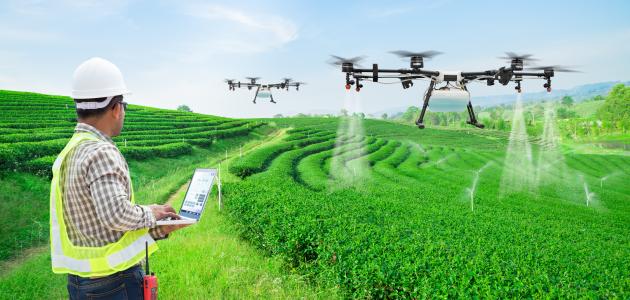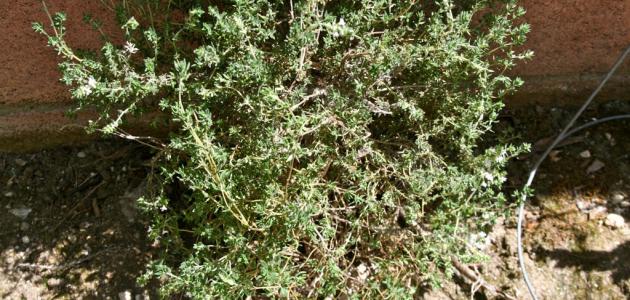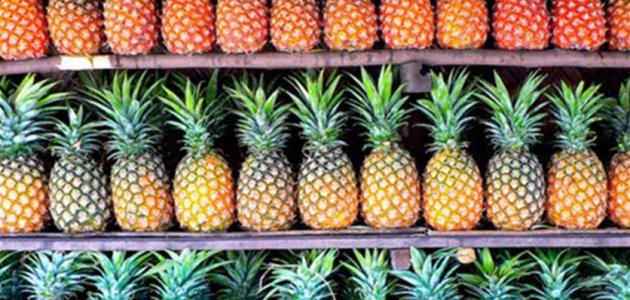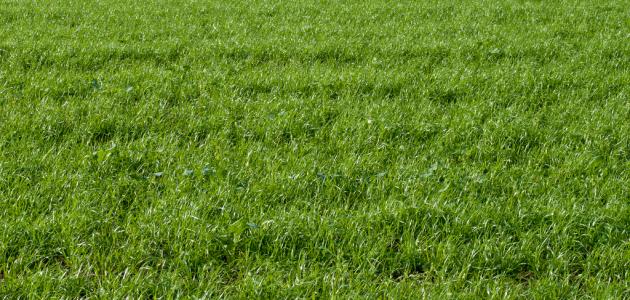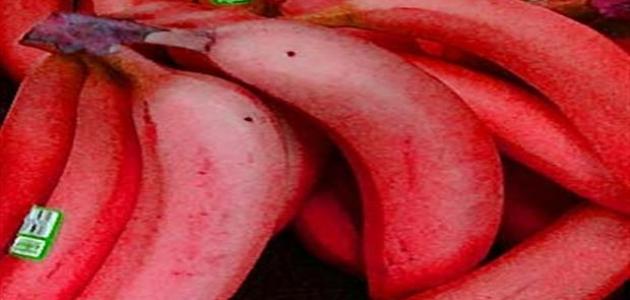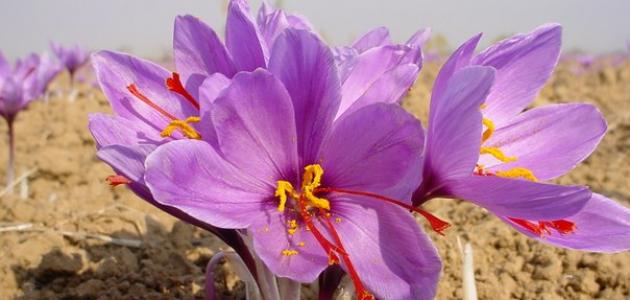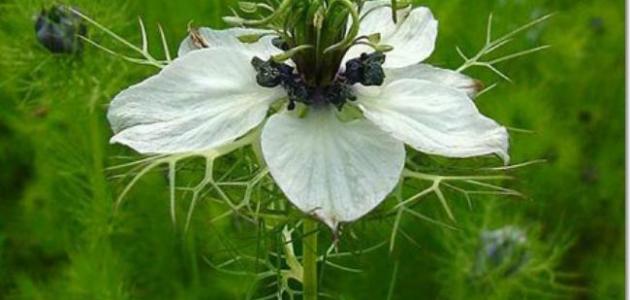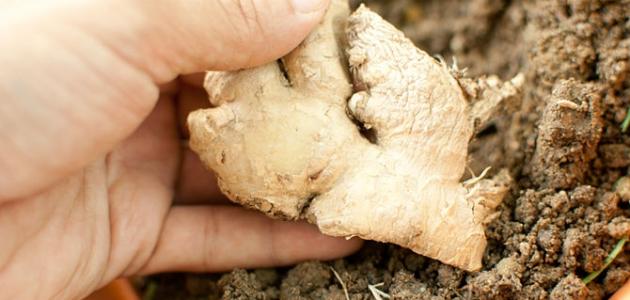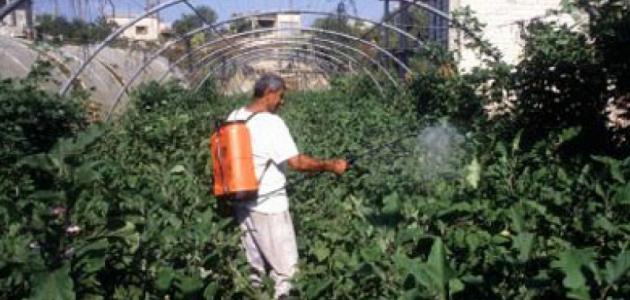Modern agricultural equipment
The number of farmers and livestock breeders has decreased compared to previous years. Therefore, the provision of food and fiber requires the use of agricultural machinery and tools, because the use of human and horse energy alone will not be sufficient to meet the required needs. The development of technology made one farmer able to produce food for more than 100 people. In the beginning, the engine was used. Al-Bukhari in agriculture, but its large size and weight made its use limited in farm work, but modern agricultural machines have their own engine, and in addition to machines and tools, there are accessories and other inventions that farmers use mainly and mainly in agricultural production processes that ultimately aim to sell their products in Markets, for example but not limited to, will be mentioned some agricultural equipment, which are as follows:
Agricultural tractors
A tractor can be defined as a self-propelled power unit that has wheels or tracks to operate agricultural tools and machinery in addition to trailers. : belt pulley), and there are three types of tractors according to the basis of structural design, which are as follows:
- wheeled tractor: (in English: Wheel tractor), they are tractors that have three wheels, or four pneumatic wheels, which are more widespread than the first.
- Track tractor:(in English: Crawler tractor), it is also called the chain tractor, as it has an infinitely long chain or track in place of the pneumatic wheels.
- walking tractor: (in English: Walking tractor), or a two-wheeled tractor, this type has only two wheels, and it is controlled by walking behind it, directing it, and adjusting it in the appropriate way.
Tractors are also divided into three types according to the purpose for which they are used, which is as follows:
Read also:How do I plant roses?- General purpose tractor:(English: General purpose tractor), this type of tractor is used to carry out major agricultural operations; such as plowing, sowing, harvesting, and transportation, and among the characteristics of these types: engine power, good stability, wide tires, and a low height from the ground.
- Row crop tractor: (in English: Row crop tractor), this type of tractor is used to grow crops, and it has interchangeable driving wheels, and it rises from the ground a large distance so as not to damage the crops, and the distance between the wheels can be controlled to fit the rows of crops.
- Special purpose tractor:(in English: Special purpose tractor), this type is used for special jobs, cotton fields, swamp lands, hills, and gardens, and each tractor has a special design that suits the job it performs.
combines
Harvesters (in English: combine) were first used in 1926 AD, in the state of Ohio, and as soon as 1934 AD came, the average farmers buying combines reached 38 machines per year, and in 1935 AD a new design entered the market and was widely popular because it is light in weight, and thus increased sales of combines During the subsequent years, harvesters are important to the harvesting process, yet there are many requirements that must be taken into account when using them, such as: conditions in the field, type of crop, quality of performance, cost, and the harvesting process is a seasonal process; It is implemented in a short period of time, and the costs must be reasonable.
Read also:How to plant seedsseeders
The seeders or the seed planter are used to place the seeds in rows of equal distance to produce a crop of equal distance as well, and the seeds are delivered and dragged by a tractor. Only at the same time, and there are large-sized seeders that plant 48 rows at one time, and the seeders can be classified into several types:
- spray seeders: (in English: Broadcast planters), spray seeders or surface seeders spread these seeds over the surface of the soil without digging holes for them, and this type is used in crops whose seeds need light, but are not suitable for commercial crops, then the seeds must be covered.
- Drilling seeders: (in English: Drill planters), these types are used to grow all kinds of grains, such as: oats, wheat, barley, and others, where the seed drills dig furrows or small trenches (in English: furrow), and then places the seeds inside them, and farmers call them monoblock seeders (in English: solid crop planters) because the seeds are sown at close distances from each other, so the crop is close to each other, and this type of seeders is suitable for both summer and winter crops.
- Precision seedersThese seeders are used to grow crops of sorghum, corn, sunflower, soybeans, and cotton. They are called summer crop seeders, and these seeders sow seeds in regular quantity and at precise distances.
- hole seeders: (in English: Dibble / punch planters), hole or punch seeders are used to make holes and place seeds inside them, and they are different from drill seeders that dig furrows to put seeds inside, and they are suitable for crops with small quantities, and they are also suitable for making holes in lands covered with bags Plastic (in English: plastic mulch).
- Specialized seeders:(in English: Specialized planters), these seeders are used to grow whole plants, reeds such as sugar cane, or tubers such as potato tubers.
cotton harvesters
Mechanical cotton harvesters pick up the opened cotton flowers and leave the unopened ones, and these harvesters need one operator, and some modern harvesters harvest two rows of cotton at a speed ranging from 1.1 to 1.6 meters per second, and when the basket is filled with cotton, it is transported from the field to a trailer on the outskirts of the field Then it is transported to cotton gin factories or cotton gins, and mechanical harvesters remove open and unopened cotton flowers and leaves, and the branches remain bare not covered, and self-propelled harvesters harvest from 1 to 4 rows of cotton at a speed ranging from 1.8 To 2.7 m / s, then the cotton is transported on toothed belts or cylinders, and the solid parts are disposed of by crushing them, then they are disposed of through holes at the bottom, and air may be used to help get rid of dirt.
Read also:cultivation methodWeed whistlers
Windrowers can be divided into 3 main types, as follows:
- Grass mowers drawn by agricultural tractor: (in English: Tractor-drawn windrower), which is used in medium-production farms, and rows the lawn in the middle of the machine.
- Self-propelled lawn mowers: (in English: Self-propelled windrower), which is used in high-production farms, and can also be used in many different areas such as undulating fields, irrigated rows, raised beds, etc., and rows the lawn in the middle of the machine.
- Mower Belt or Front Rollers: (in English: Draper front / Harvester belt windrower), which is used on farms with relatively low production, and it is similar to the previous type, but it is unable to work in a variety of areas, as it describes the grass on both sides of the machine, which makes it able to put two rows of grass together for light crops. weight.
Modern plows
Modern plows are machines used to adjust the condition of the soil to provide the best conditions for crop growth, and the plows are connected with different links to the agricultural tractor, where the mounted and semi-mounted plows are connected with a triple link, while the towed plows ( In English: Trailed), it is connected to the tractor rod directly, and the most important tasks of the plows are as follows:
- Provide a suitable soil structure for the seedbed and rootbed, to ensure good aeration, adequate moisture, and access to nutrients in the soil.
- Weed control.
- Mixing the remains of previous crops with the soil.
- Mixing chemical fertilizers and organic fertilizers with the soil in order to control agricultural pests and weeds.
- Soil erosion control.
- Supporting the success of planting, irrigation and harvesting operations.
Types of plows are used in the primary plowing of agricultural land, and among these types are the following:
- Moldboard plows.
- Disk plows.
- Chisel plows.
- Subsoilers.
- Rotary plows.
- Rotary cultivators.
- Reciprocating plow (in English: Reciprocating spading machines).
- Al-Azzik (in English: Grubbers).
- The planner (in English: Listers).
- Ridgers.
- Grabbers or soil scrapers (in English: Grubbers).
Types of plows are used in the secondary plowing of agricultural land, and among these types are the following:
- Disk harrows.
- Spring tine cultivators: “harrows” with flexible teeth.
- Hard-toothed combs (in English: Power harrows).
- Rotary hoes/harrows.
- Rollers, land levelers
General tips for maintaining agricultural equipment
It is advised to follow some tips to keep the agricultural equipment in good condition and ready for work in the seasons, as follows:
- Follow general safety procedures when repairing, using or maintaining agricultural equipment such as:
- Wear protective clothing when repairing agricultural equipment, such as: helmets, protective glasses, gloves, hearing protection headphones, and safety shoes, and pay attention to wearing appropriate, non-wide clothing, in addition to tying the hair back so that neither of them are wrapped around with the parts of the machines that rotate and cause harm to the person.
- Follow the manufacturers' specifications when performing periodic maintenance of agricultural equipment or repair faults, replace damaged parts immediately and not resort to temporary repairs.
- Replace any protective cover or shield removed during the repair process before using the device.
- Ensure that the brakes and levers are secured to prevent the movement of agricultural equipment before starting maintenance.
- Periodic checking of brakes, connecting links, safety chains, and springs, and paying attention to the absence of missing or broken parts or cracks in their welding.
- Periodic checking that the wheels of agricultural equipment are not inflated to prevent them from cracking or exploding.
- Pay attention to removing pressure and cooling the liquid from the hydraulic and pneumatic lines system before repairing, maintaining or examining it, wearing rubber or leather gloves, and replacing lines that suffer from cracks or damage.
- Carry out periodic maintenance of agricultural equipment such as:
- Cleaning agricultural equipment from dirt, dust, etc., especially the engine compartment area, radiator fans, and the area under the control centers, because dirt increases the possibility of fires or electrical faults, or the equipment is exposed to corrosion and rust, which may cause malfunctions in the next season and stops it from working.
- Maintain belts, loose bolts, and hoses, ensure there are no oil leaks, and check the operational performance of equipment.
- Paint the scratched or corroded places to ensure the preservation of the value of the equipment in the event of a desire to sell it.
- Waxing agricultural equipment to protect it from corrosion or oxidation.
An overview of agricultural equipment
Agricultural equipment can be defined as any machine or tool used in agricultural production processes, whether it is related to crop production or animal production, as these machines and tools are important in helping farmers produce the food, clothing, and shelter that consumers need efficiently.
